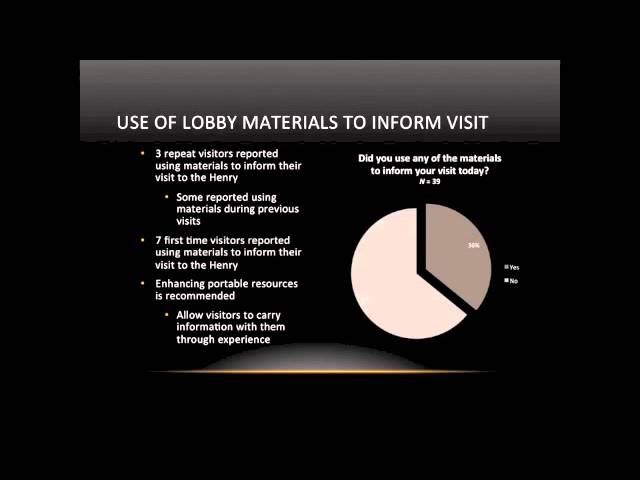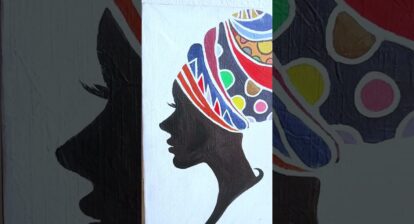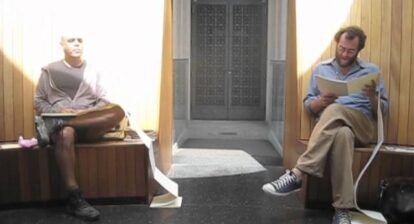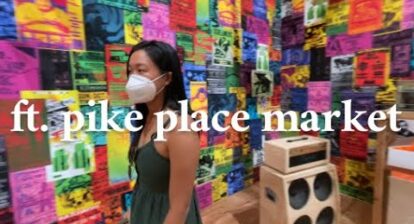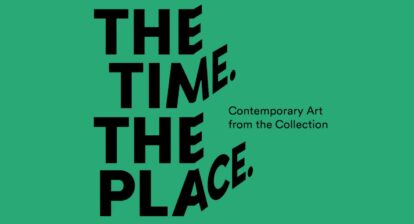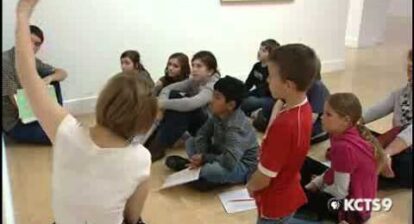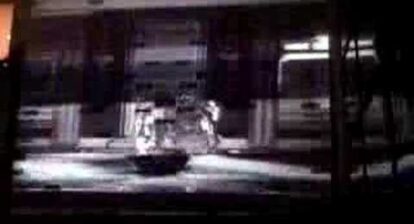New Directions in Audience Research is a special initiative of the University of Washington Museology Graduate Program partnering with the Woodland Park Zoo. New Directions is designed to train Museology graduate students to understand, support and engage in audience research and evaluation within informal learning settings. A key component of the training is partnering with local museums who serve as learning laboratories where students work o conduct on-site audience research, under the guidance of evaluation mentors and support staff.
Founded in 1927, the Henry Art Gallery is the Pacific Northwest’s premier museum of contemporary art, attracts more than 50,000 visitors on-site and provides educational resources online to over 115,000 users annually. Working to rebrand their image, the Henry Art Gallery is initiating changes to create a more welcoming and comfortable space. Their mission is to become a “hub where visitors feel they can come often and stay for extended periods of time – to view art, attend an event, engage in conversation, hang out, meet up, learn, explore, create, and experiment.”
Guided by the New Directions in Audience Research Initiative, this formative study at the Henry Art Gallery focused on how visitors utilized the lobby space, and what kinds of information they are learning from that space. The lobby, as an entry point to the museum, is where visitors begin to shape their experience. As such, evaluation of this space will help ensure that the visitors’ initial interaction with the museum aids in satisfying their needs from the get-go. The project team developed and used three different methods to analyze the lobby space: timing and tracking maps, exit interviews, and diary studies by the Gallery Services Representatives (GSR).
Findings showed the median time spent in the lobby space to be 50 seconds per observed visitor, and the median number of stops in the lobby was 1. A stop was defined as a 3 second pause of the observed visitor’s motion through the lobby space. The data suggests that participants are having difficulties in identifying admission prices as well as deciphering the gallery map. Confusion or unawareness among visitors about resources they could use in the lobby was common. A large portion of the sample did not utilize any lobby resources. Among the resources available, the GSR was the easiest for the sample to identify and the one that participants were observed stopping at the most.

